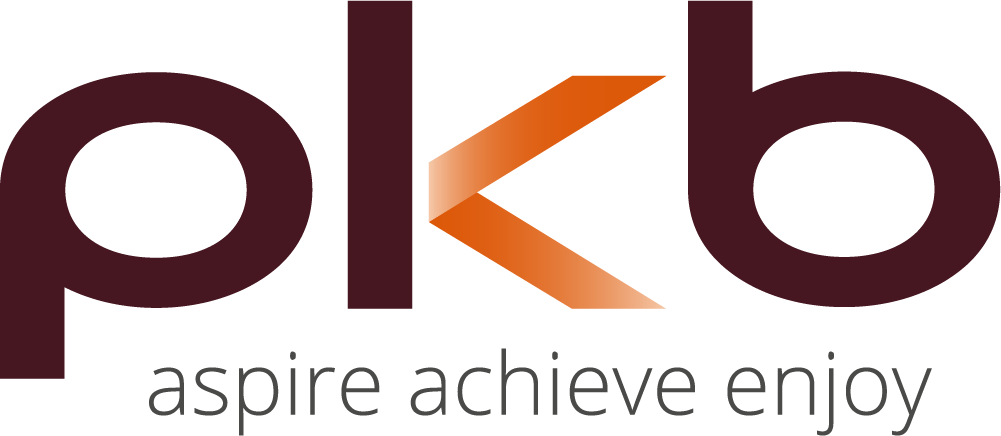From apprentices, nannies and agency workers to those on fixed term contracts, company directors and businesses in administration, here we answer some more of your most commonly asked questions about who can claim for the Coronavirus Job Retention Scheme.
Click here for answers to the first 12 frequently asked questions.
Click here for answers to questions 13-30.
Q31: Who can claim?
Employers must have:
- created and started a PAYE payroll scheme on or before 28 February 2020
- enrolled for PAYE online – this can take up to 10 days
- a UK bank account
Any entity with a UK payroll can apply, including businesses, charities, recruitment agencies and public authorities.
Q32: What about apprentices?
Apprentices can be furloughed in the same way as other employees and they can continue to train whilst furloughed.
However, employers must pay their Apprentices at least the Apprenticeship Minimum Wage, National Living Wage or National Minimum Wage (AMW/NLW/NMW) as appropriate for all the time they spend training. This means you must cover any shortfall between the amount you can claim for their wages through this scheme and their appropriate minimum wage.
Guidance is available for changes in apprenticeship learning arrangements because of COVID-19.
Q33: What about nannies and other domestic staff?
Individuals can furlough employees such as nannies provided they pay them through PAYE and they were on their payroll on, or before, 28 February 2020.
Q34: What about companies in Administration?
Where a company is being taken under the management of an administrator, the administrator will be able to access the Job Retention Scheme. However, HMRC would expect an administrator would only access the scheme if there is a reasonable likelihood of rehiring the workers. For instance, this could be as a result of an administration and pursuit of a sale of the business.
Q35: What about employees with caring responsibilities?
Employees who are unable to work because they have caring responsibilities resulting from coronavirus (COVID-19) can be furloughed. For example, employees that need to look after children can be furloughed.
Q36: What about employees on a fixed term contracts?
Employees on fixed term contracts can be furloughed. Their contracts can be renewed or extended during the furlough period without breaking the terms of the scheme. Where a fixed term employee’s contract ends because it is not extended or renewed employers will no longer be able claim grant for them.
Q37: Can Office Holders be Furloughed?
Yes, Office holders can be furloughed and receive support through this scheme. The furlough, and any ongoing payment during furlough, will need to be agreed between the office holder and the party who operates PAYE on the income they receive for holding their office. Where the office holder is a company director or member of a Limited Liability Partnership (LLP), the furlough arrangements should be adopted formally as a decision of the company or LLP.
Q38: What about Company Directors?
As office holders, salaried company directors are eligible to be furloughed and receive support through this scheme. Company directors owe duties to their company which are set out in the Companies Act 2006. Where a company (acting through its board of directors) considers that it is in compliance with the statutory duties of one or more of its individual salaried directors, the board can decide that such directors should be furloughed. Where one or more individual directors’ furlough is so decided by the board, this should be formally adopted as a decision of the company, noted in the company records and communicated in writing to the director(s) concerned.
Where furloughed directors need to carry out particular duties to fulfil the statutory obligations they owe to their company, they may do so provided they do no more than would reasonably be judged necessary for that purpose, for instance, they should not do work of a kind they would carry out in normal circumstances to generate commercial revenue or provides services to or on behalf of their company.
This also applies to salaried individuals who are directors of their own personal service company (PSC).
Q39: What about salaried Members of Limited Liability Partnerships (LLPs)?
Members of LLPs who are designated as employees for tax purposes (‘salaried members’) under the Income Tax (Trading and Other Income) Act (ITTOIA) 2005 are eligible to be furloughed and receive support through this scheme.
The rights and duties of a member of an LLP are set out in an LLP agreement and in the absence of an agreement, default provisions in the LLP Act 2000, based upon company and partnership law. Such an agreement may include separate agreement between the LLP and an individual member setting out the terms applicable to that member’s relationship with the LLP.
To furlough a member, the terms of the LLP agreement (or any such agreement between the LLP and the member) may need to be varied by a formal decision of the LLP, for example to reflect the fact that the member will perform no work in the LLP for the period of furlough, and the effect of this on their remuneration from the LLP. For an LLP member who is treated as being employed by the LLP (in accordance with s863A of ITTOIA 2005), the reference salary for this scheme is the LLP member’s profit allocation, excluding any amounts which are determined by the LLP member’s performance, or the overall performance of the LLP.
Q40: What about Agency Workers (including those employed by umbrella companies)?
Where agency workers are paid through PAYE, they are eligible to be furloughed and receive support through this scheme, including where they are employed by umbrella companies.
Furlough should be agreed between the agency, as the deemed employer, and the worker, though it would be advised to discuss the need to furlough with any end clients involved. As with employees, agency workers should perform no work for, through or on behalf of the agency that has furloughed them while they are furloughed, including for the agency’s clients.
Where an agency supplies clients with workers who are employed by an umbrella company that operates the PAYE, it will be for the umbrella company and the worker to agree whether to furlough the worker or not.
Q41: What about Limb (b) Workers?
Where Limb (b) Workers are paid through PAYE, they can be furloughed and receive support through this scheme.
Those who pay tax on their trading profits through Income Tax Self-Assessment, may instead be eligible for the Self-Employed Income Support Scheme (SEISS).
“Limb (b) worker” is a status acknowledged under EU employment law recognised as an intermediate category between employee and self-employed. Limb (b) workers benefit substantially from employment rights derived from EU law, for example: rights to restrict their working hours, rights to annual leave, protection from discrimination and equal pay.
Q42: What About Contingent workers in the public sector?
The Cabinet Office has issued guidance on how payments to suppliers of contingent workers impacted by COVID-19 should be dealt with where the party receiving the contingent worker’s services is a Central Government Department, an Executive Agency of a Central Government Department or a Non-Departmental Public Body.
Read more information on contingent workers impacted by COVID-19. This guidance applies to agency workers paid through PAYE, as well as those paid through umbrella companies on PAYE and off-payroll workers supplying their services through a Personal Service Company (PSC).
Q43: How much you be claimed? – further
Employers need to claim for:
- 80% of employees’ wages (even for employee’s on National Minimum Wage) – up to a maximum of £2,500. Do not claim for the worker’s previous salary.
- minimum automatic enrolment employer pension contributions on the subsidised wage
Employers can choose to top up the employee’s salary, but you do not have to. Employees must not work or provide any services for the business while furloughed, even if they receive a top-up salary.
Grants will be prorated if the employee is only furloughed for part of a pay period.
Claims should be started from the date that the employee finishes work and starts furlough, not when the decision is made, or when they written to confirming their furloughed status.
The way you work out your employees’ wages is different depending on what type of contract they’re on, and when they started work.
For salaried employees (full time or part-time) Claim for the 80% of the employee’s salary, as of 28 February 2020, before tax.
Q44: What about Employer National Insurance and Pension Contributions?
Employers will still need to pay employer National Insurance and pension contributions on behalf of furloughed employees, and those costs can be included in the claim.
Employers cannot claim for:
- additional National Insurance or pension contributions they make because you chose to top up your employee’s salary
- any pension contributions they make that are above the mandatory employer contribution
Q45: What about Overtime, Fees, Commission, Bonuses and non-cash payments?
Employers can claim for any regular payments they are obliged to pay employees. This includes wages, past overtime, fees and compulsory commission payments. However, discretionary bonus (including tips) and commission payments and non-cash payments should be excluded.
Q46: What about Benefits in Kind and Salary Sacrifice Schemes?
The reference salary should not include the cost of non-monetary benefits provided to employees, including taxable Benefits in Kind. Similarly, benefits provided through salary sacrifice schemes (including pension contributions) that reduce an employee’s taxable pay should also not be included in the reference salary.
Where the employer provides benefits to furloughed employees, this should be in addition to the wages that must be paid under the terms of the Job Retention Scheme.
Normally, an employee cannot switch freely out of a salary sacrifice scheme unless there is a life event. HMRC agrees that COVID-19 counts as a life event that could warrant changes to salary sacrifice arrangements, if the relevant employment contract is updated accordingly.
Q47: What about Apprenticeship Levy and Student Loans?
Both the Apprenticeship Levy and Student Loans should continue to be paid as usual. Grants from the Job Retention Scheme do not cover these.
Q48: What is the Minimum furlough period?
Any employees placed on furlough must be furloughed for a minimum period of 3 consecutive weeks. When they return to work, they must be taken off furlough. Employees can be furloughed multiple times, but each separate instance must be for a minimum period of 3 consecutive weeks.
(Based on information available as at 6 April 2020)
If you’re concerned about the impact that Coronavirus could have on your business, please don’t hesitate to get in touch with us.
To read news and blogs from Rebecca Austin, click here >>


